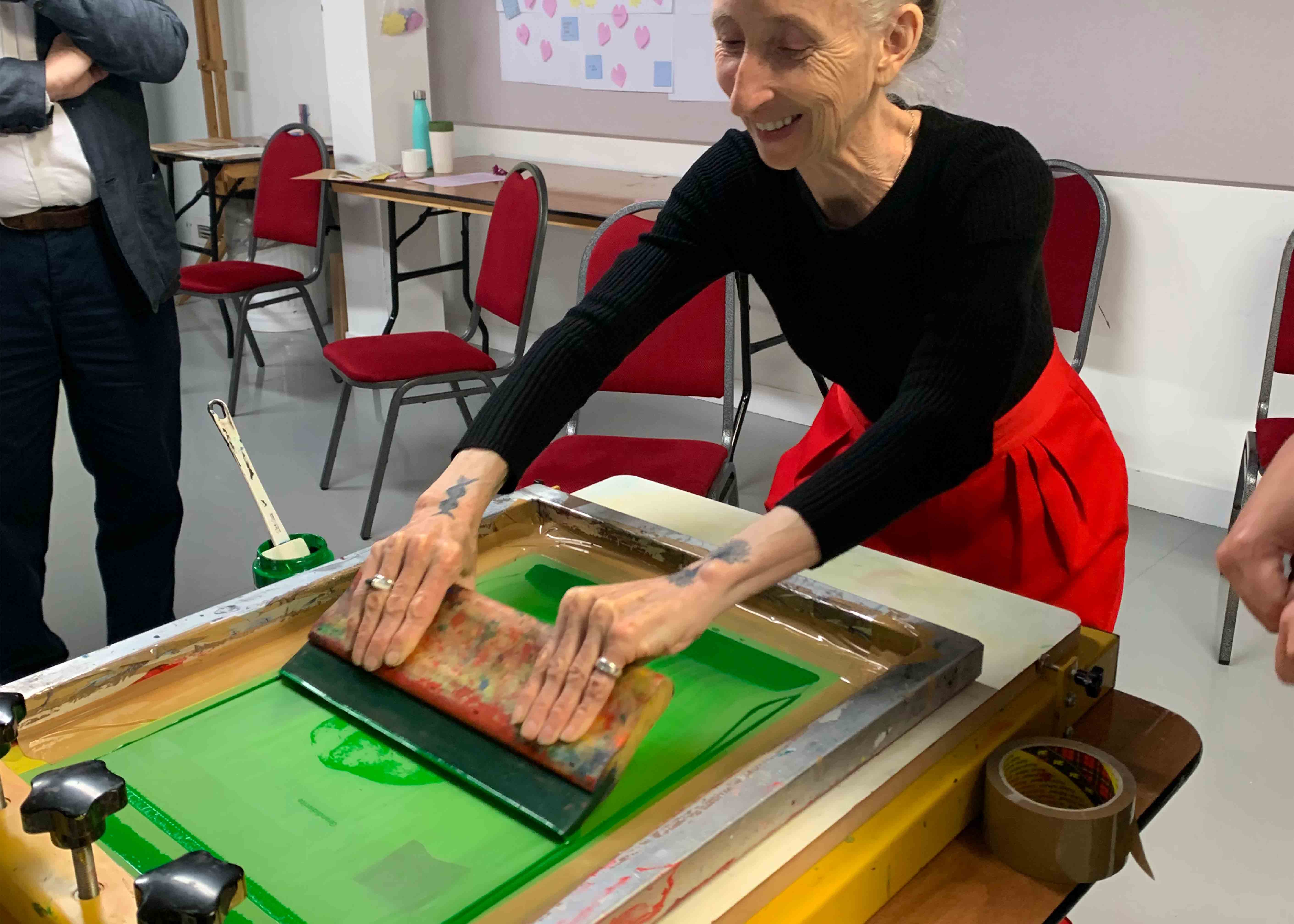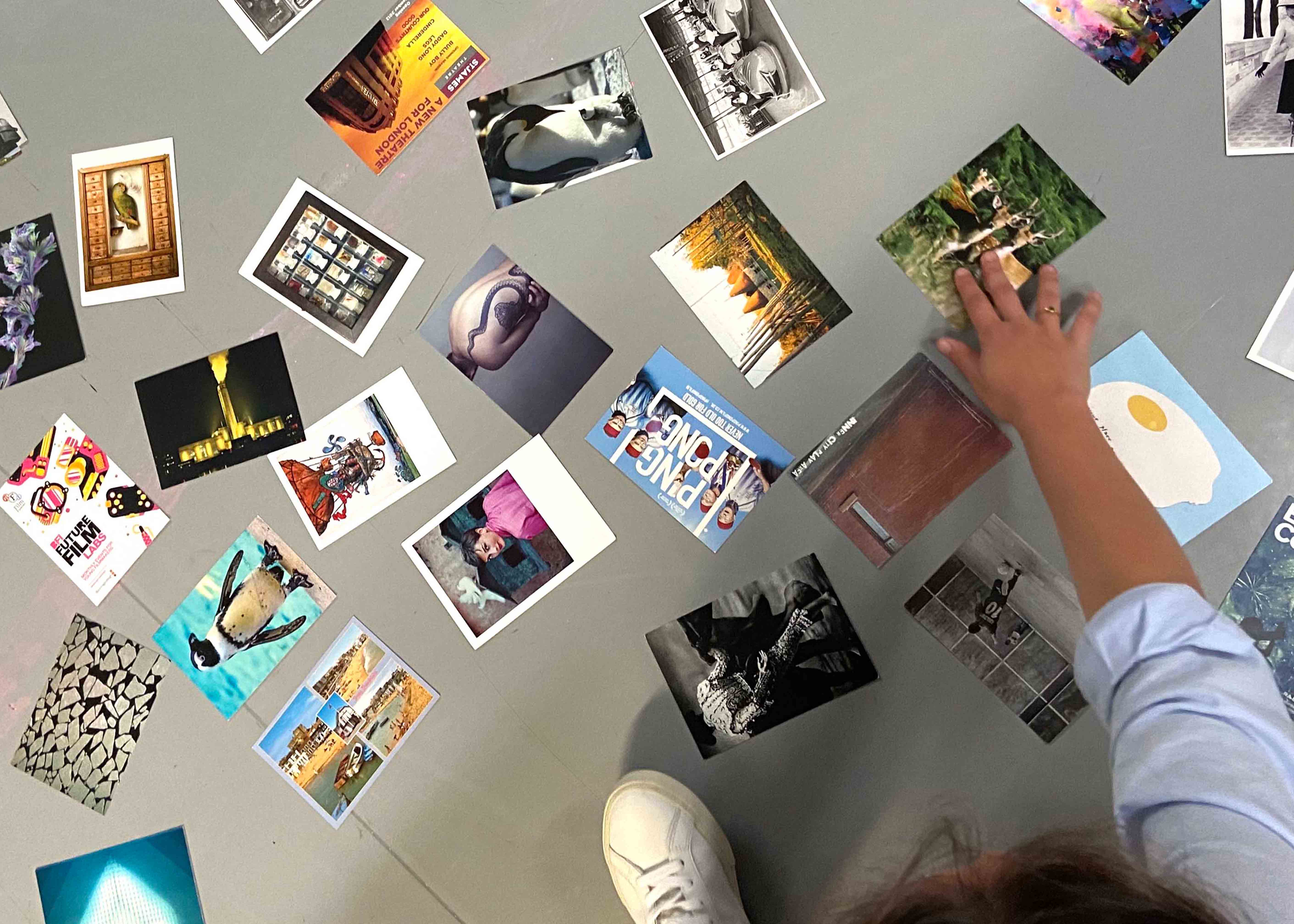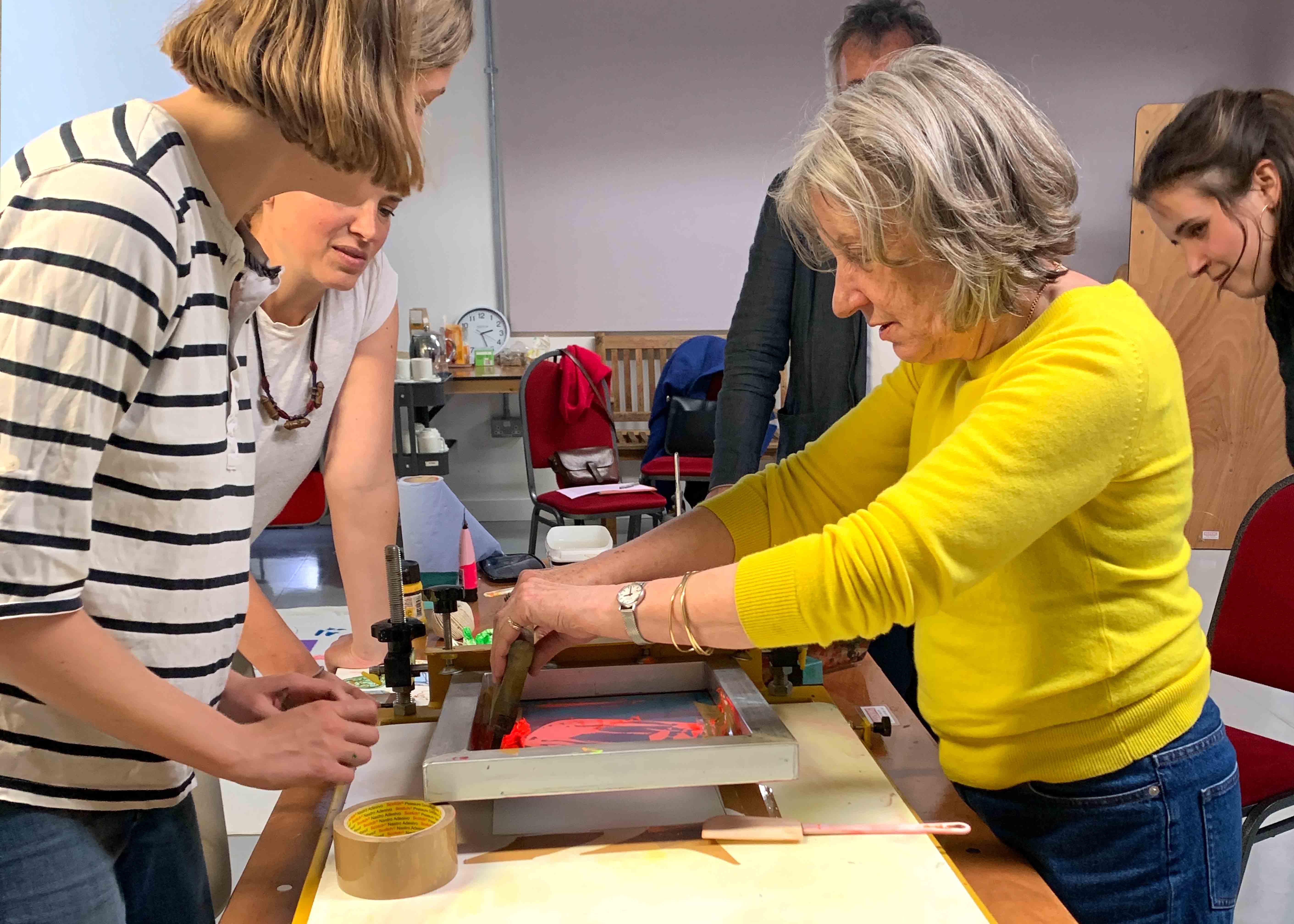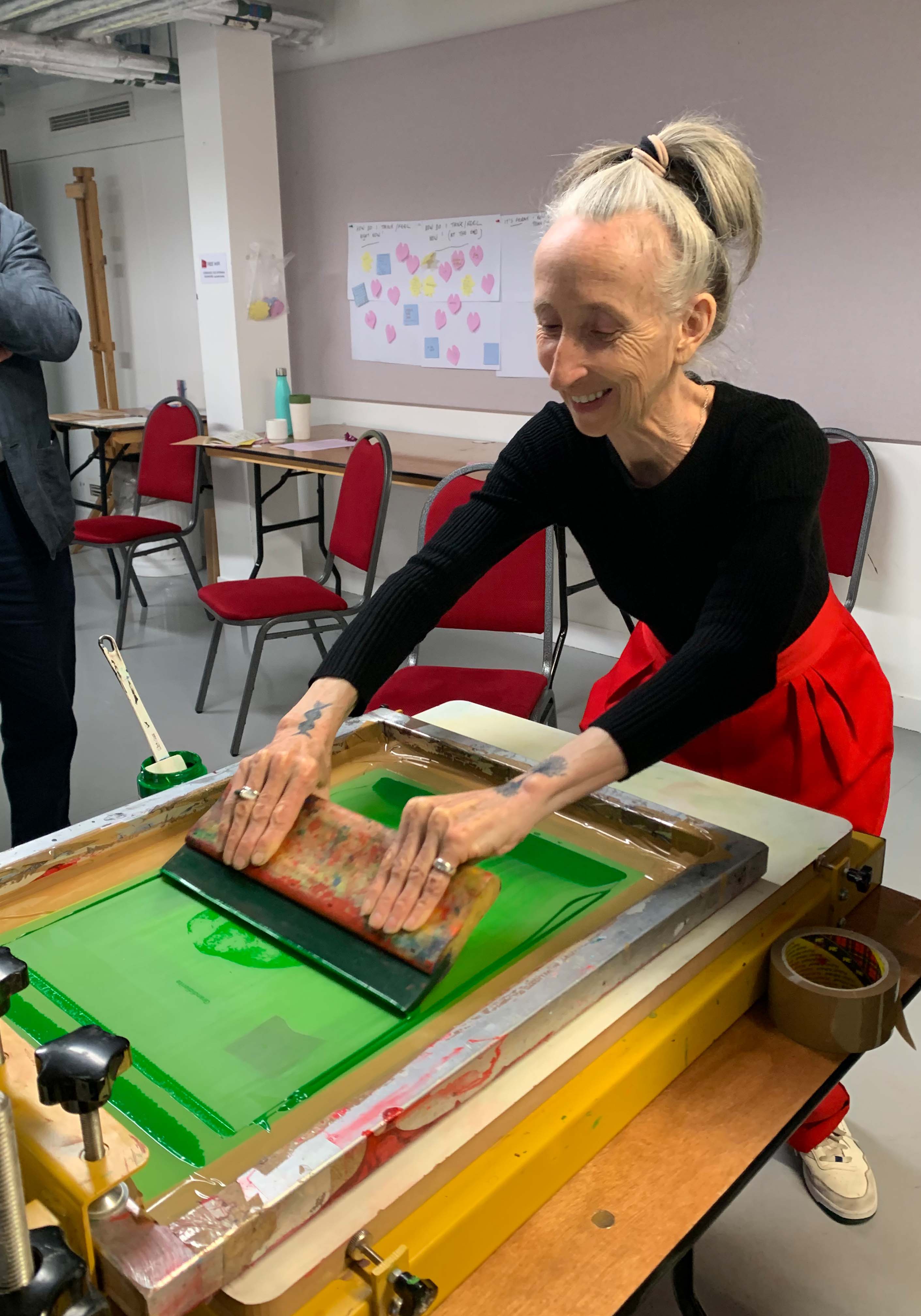Public Engagement
Hidden Lives : Hidden Gems

Hidden Lives:Hidden Gems is a group of interdisciplinary practitioner’s working across the borders of health and art. Our intention was to start a conversation for those interested in evaluatory practises within creative health, and in May 2022 we held a symposium aiming to transform current research paradigms.

Delivered across two days, the symposium was held on the ground floor of the Old Diorama Arts Centre in Central London, which since the 1970s has provided a shared home for the live arts, creative industries and local community to make, explore and meet. An international group of participants engage in 12 workshops, which were: ‘Creative Paradigm’ with Dr Christina Lovey, ‘The Labyrinth’ with Gilly Angell, ‘Storytelling’ with Dr Lorna Collins, ‘Feedback in Form of Haiku’ with Dr Linda Miller, ‘Facilitation Exploration of Creativity through Collage’ with Dr Elizabeth Muncey, ‘Challenging the “Don’t Ask – Don’t Tell” Culture About Art Therapists with Lived Experience of Mental Health’ with Dr Val Huet, Pharmacy Health Services’ with Dr Ranjita Dhital and Professor Jacqueline Sin, ‘The Parataxis’ Form with Dr Christina Lovey, ‘Hidden Meanings; the Non-Visual Language of Touch’ with Katy Dymoke and ‘Expressive Language’ with myself.

Each of the workshop leader's reflections can be found here but you can read my own reflection of my ‘Expressive Language’ screen printing workshop below:
Each stage of the screen printing process opens up a plethora of new creative possibilities. Even before any printing has taken place, setting up a mini studio in the Old Diorama immediately contributed to an air of unusualness. Screen printing relies on stencils. ‘Stencil’; comes from the medieval word ‘stanselen’ – to decorate with bright colours’, while in old French, ‘estencele’ – means to sparkle. Both definitions were fitting for the printing gem motifs. Screen printing is considered a repeatable process, making it perfect for editions. Repetition can be hugely therapeutic and can therefore be a sensory way of experiencing imagery. Though the repeatable aspect was undoubtedly part of our process, the analogue nature our printing setup in fact meant we were mono-printing. Despite the apparent consistency of our movements and stencils that we were working from, each print was actually unique. For every person and attempt, there was infinite possible outcomes. There are no mistakes and it is important to recognise that everyone’s experiences and understandings of the process are different. In case you’re not familiar with the process of screen printing, a screen is a frame, sometimes made of wood but often made of metal, which is traditionally covered with a fine silk, that is now mostly synthetic. A stencil, made from hardened emulsion, is exposed and embedded into the mesh. On some parts of the screen the mesh is blocked by the emulsion and at other parts the mesh is open. The screen is placed onto a flat surface, on top of paper or fabric, and ink is squeezed through the mesh using squeegee, revealing the design below. This process can be repeated over number of times, in different colours and treatments. Of course, the process can and does go wrong, and embracing the concept of failure, if there is such a thing, is truly valuable, and part of excitement of screen printing.
